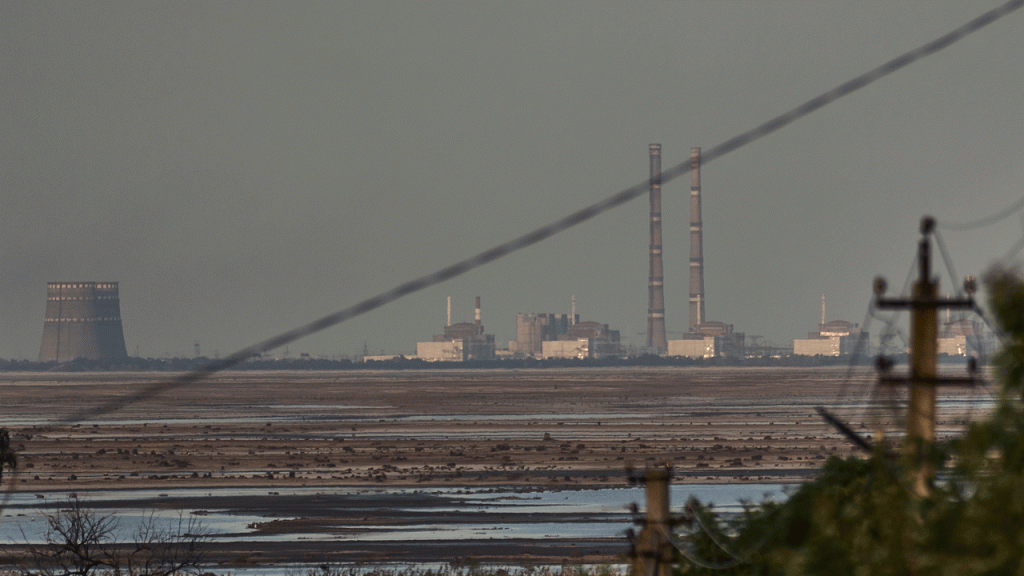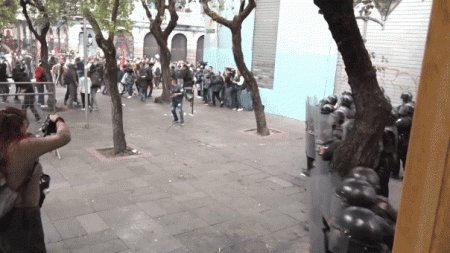Russia and Ukraine are engaged in a blame game following attacks on Europe’s largest nuclear power plant, Zaporizhzhia, which have raised concerns of a potential nuclear accident. The International Atomic Energy Agency confirmed three attacks on the plant since April 7, but could not definitively determine the party responsible due to the use of remote-controlled drones. The plant, located in Russian-controlled territory in southeastern Ukraine, has been a key site of concern since Russian troops occupied it following the invasion in February 2022.
With fears of a nuclear catastrophe looming, both countries have pointed fingers at each other for the attacks at the Zaporizhzhia plant. The United States accused Russia of not caring about the risks posed by the situation, while Russia shifted the blame to Ukraine. The ongoing conflict between the two nations, as well as the precarious supply situation at the plant, have exacerbated concerns about potential disasters. The attacks on the plant, which intensified in recent months, have raised alarms about safety and security at such a critical facility.
The Zaporizhzhia plant, among the world’s largest nuclear facilities, sits in a region where fighting between Russian and Ukrainian forces has been ongoing. The possibility of a nuclear disaster similar to Chernobyl in 1986, where a reactor explosion caused widespread radiation contamination, is a major concern. Both Russia and Ukraine have struggled to make significant advances along the front line despite continued drone strikes, artillery, and missile attacks.
The IAEA reported that the recent attacks on the Zaporizhzhia plant did not compromise its integrity, as the facility is designed to withstand significant impacts, such as a commercial airliner crash. However, the ongoing shutdown of the plant’s reactors, combined with the need for power and qualified staff to operate safety systems, underscores the importance of ensuring the site remains secure. The use of drones in these attacks has added a new dimension to the conflict, complicating efforts to determine responsibility for the incidents.
The Security Council meeting convened at the initiative of the U.S. and Slovenia highlighted the urgency of addressing the risks posed by the attacks on the Zaporizhzhia plant. The IAEA Director General stressed the need for the attacks to cease immediately to prevent a potential radiological incident. Both Russia and Ukraine continue to trade accusations over the attacks, with the situation remaining tense in the region. The international community is closely monitoring developments at the plant to prevent any escalation that could lead to a catastrophic event.













